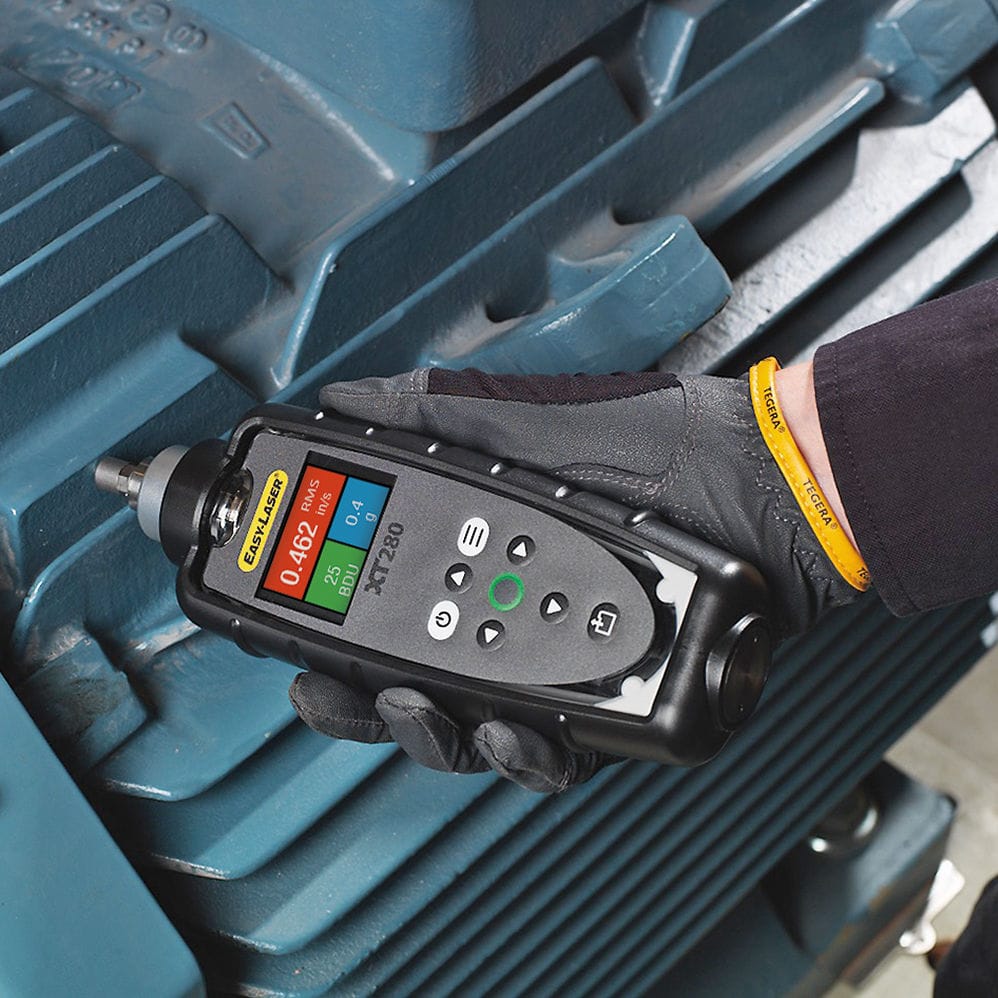Vibration analysis with digital vibrometer
A body vibrates when, around a reference point, it describes an oscillatory motion whose parameters (amplitude, average value, etc.) are not constant over time.
This activity is performed for periodic checks on balancing and alignment in machines with rotating parts. The parameters that can be measured are: Acceleration, velocity and displacement.
Acceleration: It’s normally measured in m/s2, with excellent ability to perform measurements on high frequencies to verify failures on bearings and gears in general.
Velocity: It’s the most used parameter to measure vibrations, used for verifications according to ISO 2372, BS 4675. The measurement unit is cm/s (centimeters per second).
Displacement: It’s normally used for the measurement on low-speed machinery, for its great response on low frequencies, it however is almost ineffective to check bearings.

Some fields of application of this methodology are:
Verification of the mechanical resistance, wear, duration of the various parts of the machinery;
Verification of the correct functioning of the machinery, which could be altered by excessive vibrations (loosening of locks, jagging of turbines, displacement of windings in electrical machines, etc.);
Verification of the repercussion of vibrations of part of the machinery on other components (bearings, gears, coupling joints, base plates, foundations, etc.) and on adjacent machinery
Verification of the quality of the work produced by the machine such as: tool, textile, paper machines, rolling mills, etc.
Verification of the quality of the working environment and maintenance interventions on predictive machinery;
